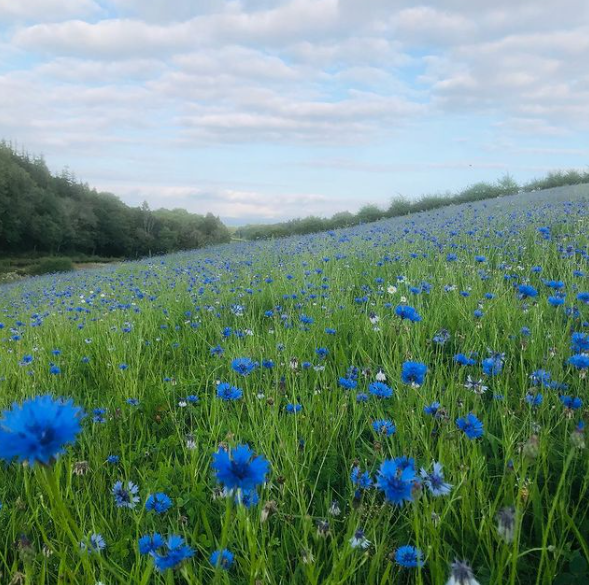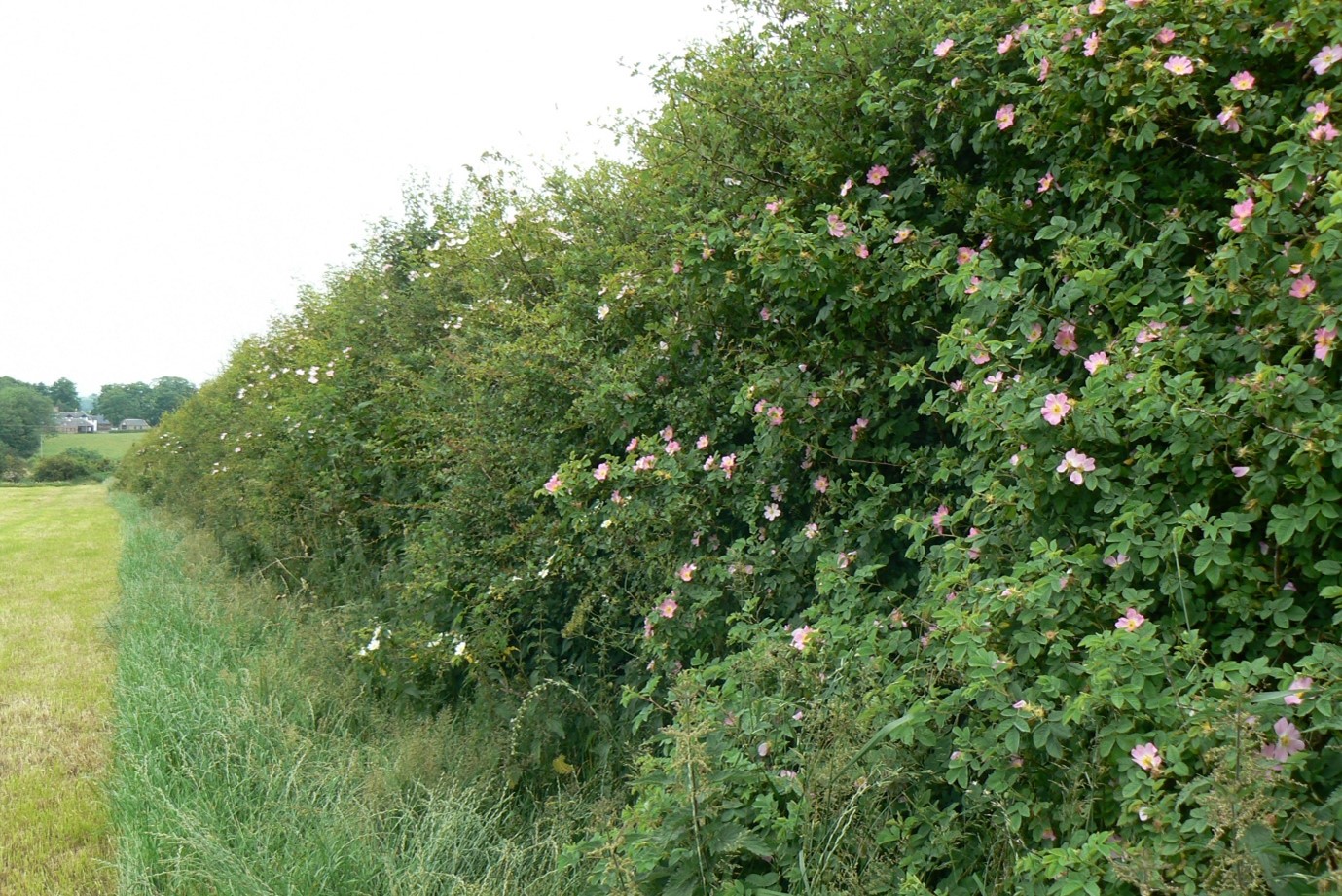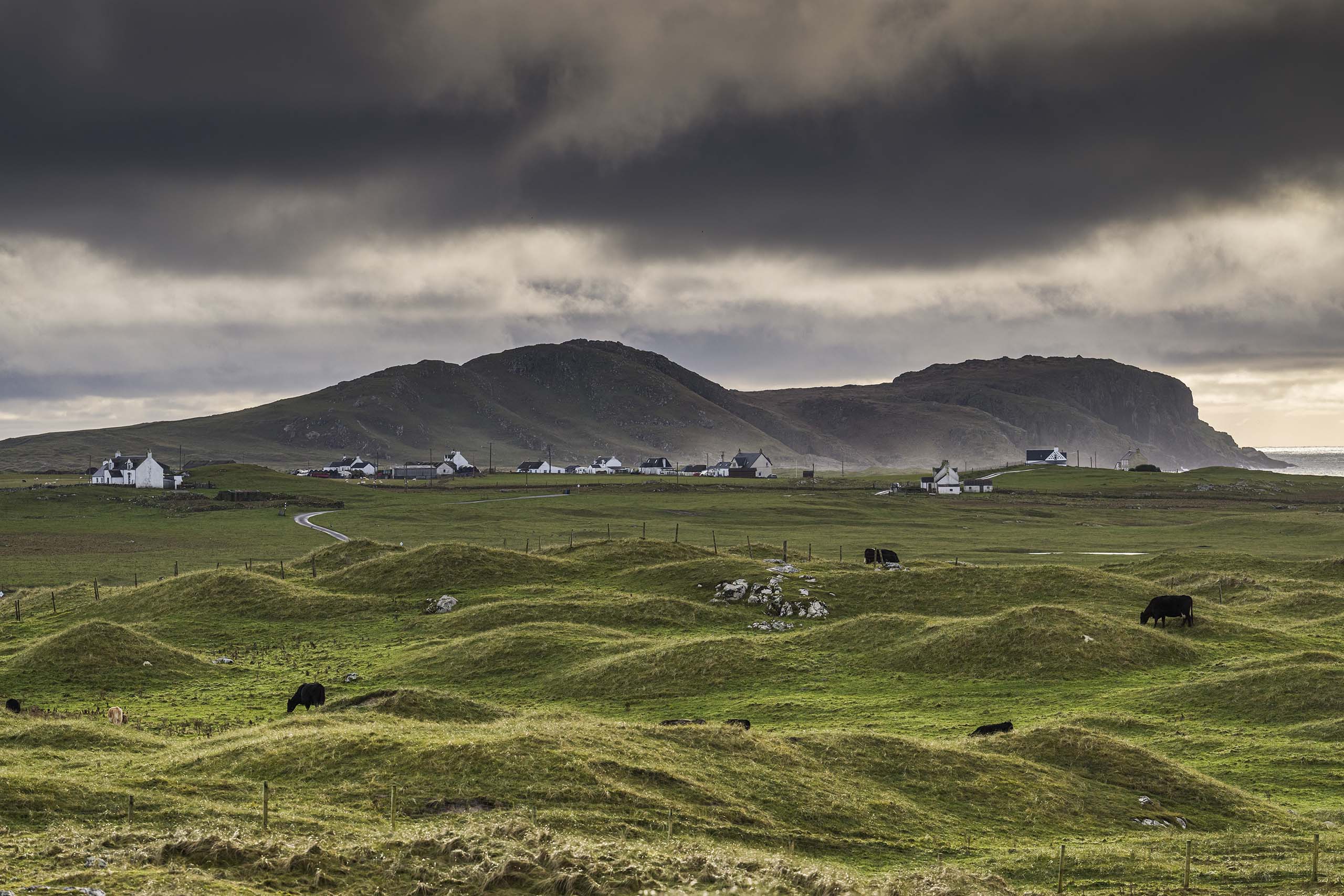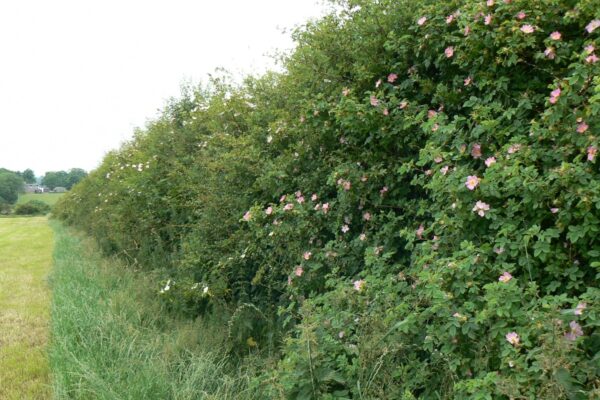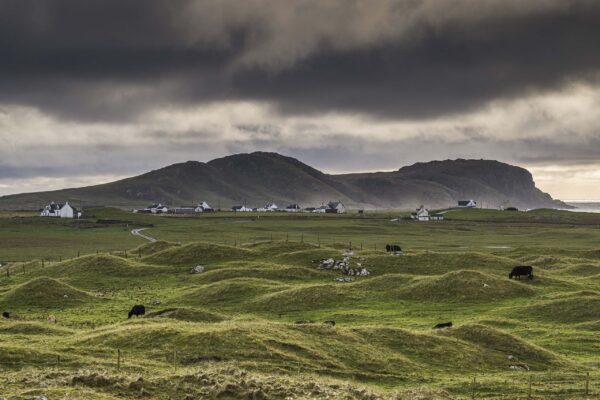Emerging Biodiversity Markets In Scotland, A Source Of Alternative Funding
14 March 2024Biodiversity markets have become increasingly common across the UK. This comes from a requirement for businesses to offset any negative impacts on nature, alongside voluntary initiatives targeted to improve a business’s public image. These private markets provide landowners with an alternative funding source to enable them to create or enhance habitats for wildlife. This investment could bridge the estimated £20 billion public spending shortfall in the funding needed to restore nature.
The Scottish Government is committed to enhancing private investment into Nature, which is reflected in their Biodiversity Investment Plan and the ‘Biodiversity Strategy to 2045’.

How Biodiversity Investment Works Elsewhere
In England, the Biodiversity Net Gain (BNG) requirements in the planning and development sector have created a compliance market for biodiversity units. BNG requirements state that developers must demonstrate that there has been an increase in biodiversity (currently set at 10%) following their development. Biodiversity loss and gain is measured in units, which are calculated through a metric developed by DEFRA (Biodiversity Metric 4.0). Where developers cannot create enough units on site to compensate for habitat lost through development, they can buy units through biodiversity markets. The biodiversity units are sold by landowners who work with ecologists to create or enhance habitats on their land. This has opened up a new source of potential revenue for farmers in England.
Biodiversity Markets in Scotland
There is an aspiration to expand a voluntary biodiversity market in Scotland, following in the footsteps of carbon (to learn more about this space, see FAS: Carbon Markets & Finance). A functioning market for biodiversity may offer opportunities for a wider range of farm types, compared to carbon, because the creation of habitat for certain species (e.g. managing field margins for pollinators) may be easier to integrate with existing practices, compared to interventions with substantial carbon impacts (e.g. planting a new woodland).
While Scotland has not yet developed a biodiversity metric or unit as such, Scottish National Planning Framework 4 introduced a new requirement for biodiversity enhancement from development. Although this does not provide a legislative framework to support the buying a selling of biodiversity units like that in England, this compliance requirement may provide an option for landowners in Scotland to work with local developers to provide offsite biodiversity enhancement to mitigate onsite impacts.
For voluntary biodiversity markets, several workstreams are currently building infrastructure in this space in Scotland:
- The Scottish Government’s Biodiversity Investment Plan (published February 2025) announced the exploration of the development of an Ecosystem Recovery Code by 2026. This will join the Woodland Carbon Code and Peatland Code as an accredited mechanism to channel private finance into ecosystems through the creation and trade of nature credits. Collective offers from groups of neighbouring farms are likely to be especially attractive to private investors, as they deliver habitat connectivity, as well as achieving the scales required by some larger investors.
- Work is currently underway to integrate biodiversity into new and existing projects under the Woodland Carbon Code and Peatland Code. This would reward projects for delivering biodiversity uplift alongside carbon sequestration. By independently verifying these projects’ benefits to biodiversity, the value of the resulting “Carbon+” credits would be higher.
The details of how these codes and standards will operate in practice are still being worked out but clarity on this is expected in the near term.
Biodiversity and Governance
To build buyer confidence, we need to ensure that these rapidly emerging markets are properly governed. It is therefore a lot more complicated than just creating a habitat and then selling the biodiversity credits generated to a private buyer. Key principles of integrity in biodiversity markets include:
- Conducting a proper baseline before any action is undertaken.
- Undertaking a long-term monitoring to ensure the desired impact on biodiversity has been realised.
- Demonstrating that private investment via biodiversity credits was required to undertake the work (i.e. additionality, proving that actions would not have happened in the absence of the private investment).
- Ensuring that biodiversity credits are verified and validated by an independent body.
These markets will become more accessible as new codes and standards are put in place. We have seen this with carbon markets, where The Peatland Code and Woodland Carbon Code certify carbon credits, providing assurance to buyers that the climate benefits are real, quantifiable, additional and permanent. There are not yet international standards behind the voluntary biodiversity market (like ICVCM or ICROA for carbon markets) but guidance is being developed at the moment, with groups such as the Biodiversity Credit Alliance, International Advisory Panel on Biodiversity Credits, and British Standards Institute
How To Monitor Success?
What aspects of biodiversity should you monitor? Within carbon markets a metric tonne of CO2e provides a standard and meaningful way to measure carbon capture across different projects around the world. Measuring biodiversity is much more complex and depends on where you are in the world, what species or habitats you are hoping to restore, and under what timeframe. There is no common currency or uniform way to do this. Instead, many evolving measurements combine a suite of different indicators that are relevant to the project in question. For example, a project that looks at river restoration may combine metrics on the extent and quality or riverbank habitats, aquatic plant diversity, the occurrence of invasive species, aquatic invertebrate diversity and/or the diversity of bird species.
A paper written by SRUC, titled “Research into approaches to measure Biodiversity in Scotland” and published by the Scottish Government in September 2023, investigated the different ways that biodiversity can be measured. A standardised, science- backed approach to account for biodiversity is essential for measuring the impact of developments, quantifying potential compensation that may be required to offset that impact, and calculating biodiversity units within voluntary schemes.
Sourcing Public Funding for Biodiversity
Alongside these developing biodiversity markets, land managers can seek public money to fund a variety of actions to create, enhance and restore habitats for nature. These include:
- Agri-Environmental Climate Schemes (AECS): This is a scheme that provides funding to environmentally beneficial land management practices.
- Scottish Rural Development Programme (SRDP).
Next Steps
As Scotland moves toward a more structured biodiversity market, farmers and land managers have opportunities to access private investment and public funding through contributing to nature restoration. However, success in these markets requires careful planning, long-term monitoring, and adherence to emerging governance standards. To prepare for these opportunities, farmers and land managers can:
- Explore existing public funding schemes such as AECS and SRDP to support biodiversity-friendly practices.
- Stay informed and/or seek advice about developments in biodiversity markets, ensuring you are ready to participate as new codes and investment frameworks emerge.
- Consider collaborating with neighbouring farms to create larger, more attractive biodiversity projects that can secure private investment while enhancing habitat connectivity.
By taking proactive steps now, land managers can position themselves at the forefront of Scotland’s growing nature economy.
Sign up to the FAS newsletter
Receive updates on news, events and publications from Scotland’s Farm Advisory Service

